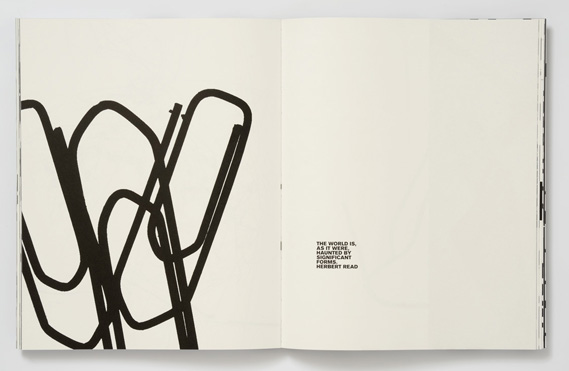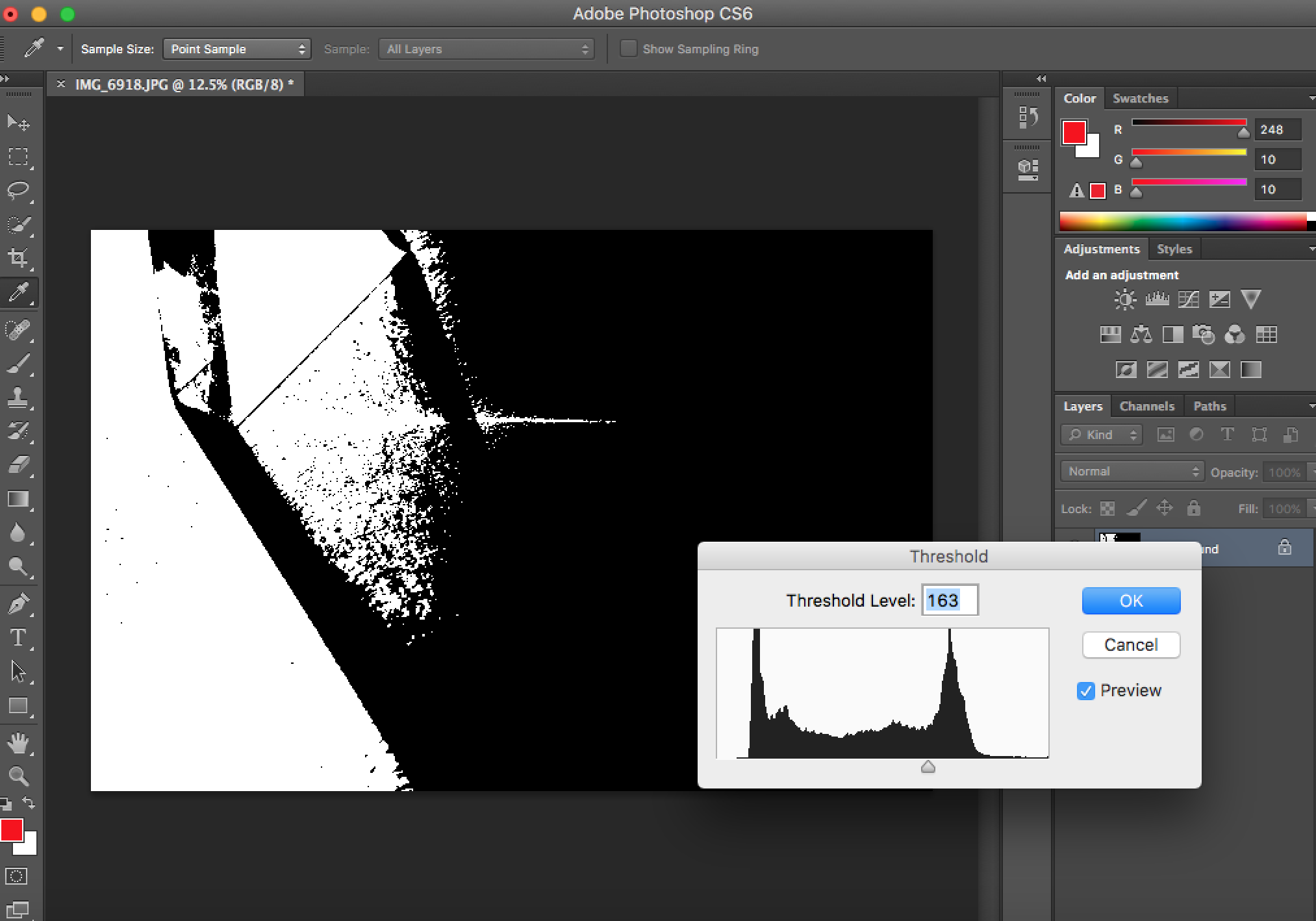

Keld Helmer Peterson was a Danish photographer who spent most of his working life as an architectural photographer. He was inspired by Albert Renger Patzsch, the experiments at the Bauhaus in Germany, Harry Callahan and Aaron Siskind. Although he was best known for his coloured photographs, he also published several books of black and white images that explore dramatic contrast of tone. Some images are purely black and white since all the mid tones have been removed. He created and found these images using both cameras and flat bed scanners to have the effect he wanted. He encourages us to consider the space around the image and to use high contrast to create abstract photos.
My Response
To respond to Keld Helmer photography work I will use four abstract images that I have already taken and experiment with the threshold adjustment on photoshop to adjust the black and white contrast. I will then merge them together so different formal elements can be seen in one image. Using Keld Helmer Peterson’s style of photography will make me consider the negative space around the objects.




On each photo individually, i adjusted the threshold level to create images in black and white with different contrasts. When increasing the threshold level the negative space became darker and decreasing made the negative space brighter. Afterwards on powerpoint i grouped the images together so the black areas would merge together and connect to create one image. The formal elements line, shape and pattern can be seen in these images. The most dominant formal element that can be seen is line as they appear in different widths and different directions (horizontal, diagonal, vertical). The formal elements would regularly appear in Keld Helmer photographs. What i like about Keld Helmer photographs is that the negative space is the main feature. Although his images appear simple and reject colour and form, they are visually effective. I think my response was a success since I have incorporated his style into my photography and have experimented with the threshold adjustment for the best final outcomes.
